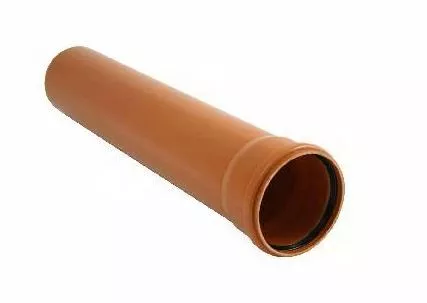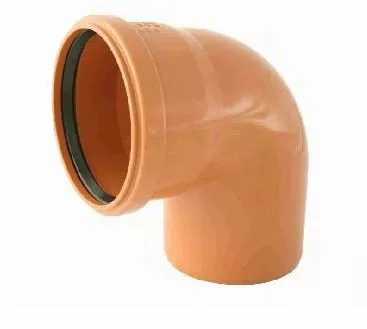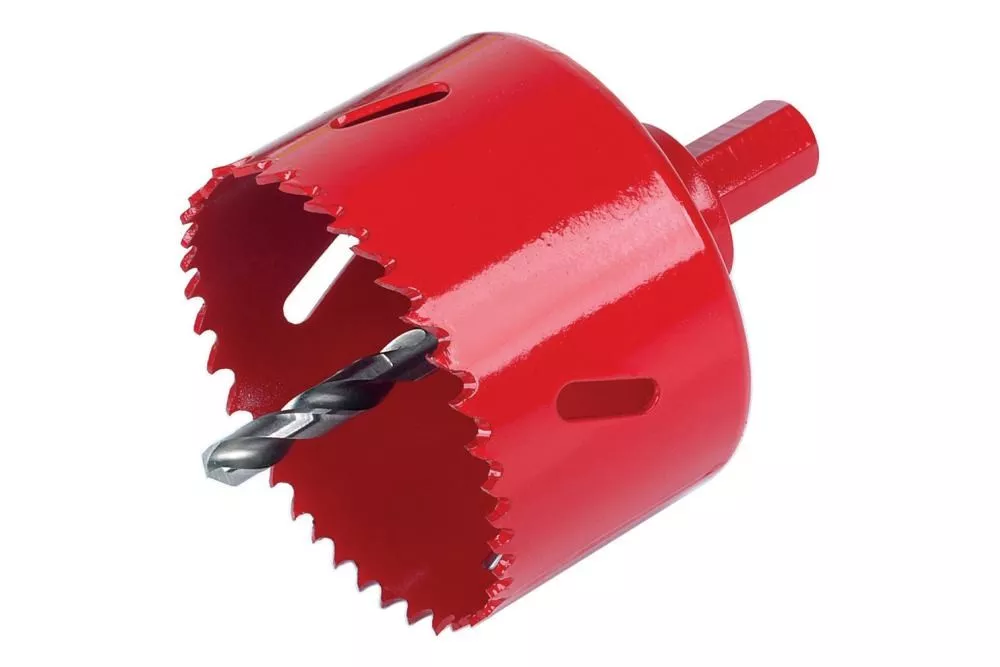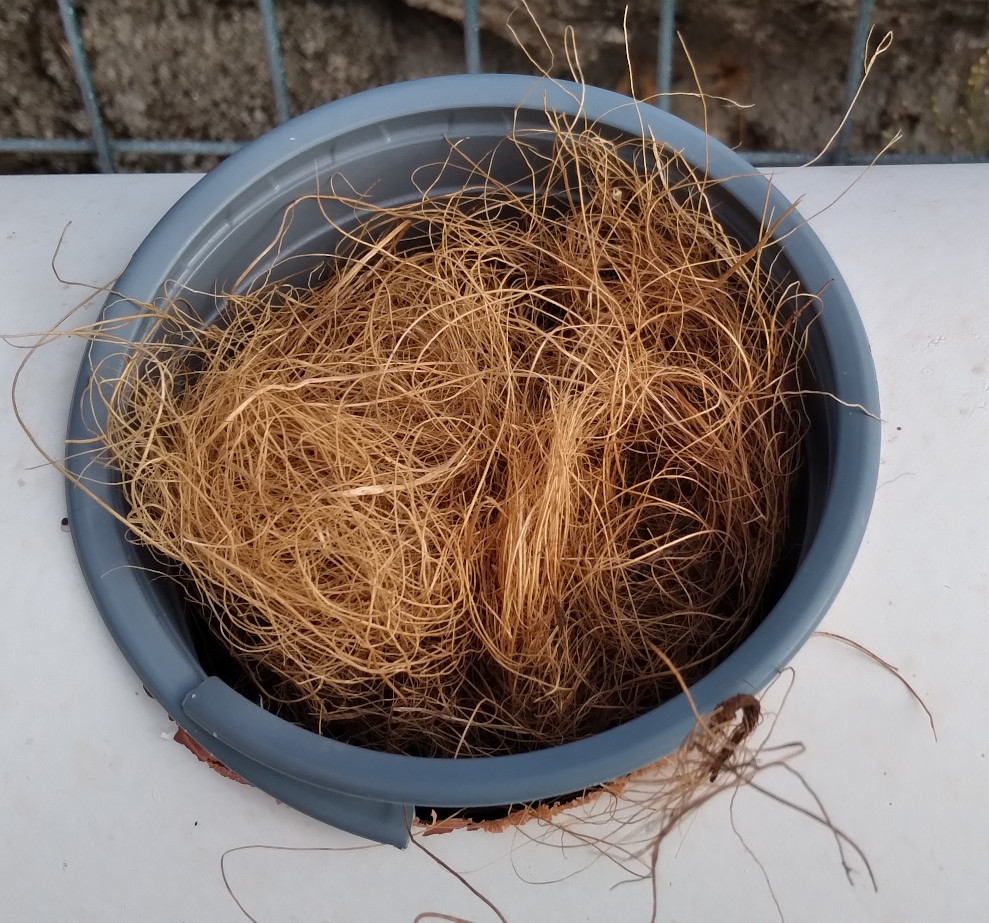|
Here is a collection of material suggestions that make sense for a hydroponic system. This is intended to be just a cost-effective selection and an inspiration for what is needed at least for a small home system. When it comes to the size of the system, we base ourselves on around 20 tomato plants, which can then be placed in the system with the appropriate minimum distance. Depending on the plant, the space required in such a pipe system with NFT technology is 15 to 50 cm between the individual places. Since the roots in a hydroponic system require significantly less space than in outdoor cultivation, you can - as a rule - orientate yourself on the space required by the plant "above ground". For 20 tomatoes, each with a space requirement of 50 cm, you get a system (pipe) length of around 10 meters. This means that each plant has 25 cm of space, calculated from the root. The holes for the plants are 50 cm apart from each other.
KG sewer pipe DN 125, length: available in 2m and 1m The sewer pipes and fittings made of hard PVC require no care or maintenance. Due to the design (i.e. the material used), the pH value, which can become very acidic, does not play a role. The original intended use also tolerates aggressive concentrations. These pipes are designed for use on farms, among others, and are resistant to strong acids and alkalis. Diameter: 125 mm In the hardware store from €8.45
KG elbow DN 125, 87.5° The sewer pipes and fittings made of hard PVC require no care or maintenance. The extensive range ensures optimal customization options for the planned system. Diameter: 125 mm In the hardware store from €2.95
Hole saw/cup drill Diameter about 10 cm The diameter depends on the plant; for tomatoes we used a 10 cm drill. Most pots do not fit exactly into the hole or are not completely light-tight. Paying attention to this reduces algae growth somewhat. We recommend buying the pots a little larger, i.e. over 10 cm in diameter, and cutting them open on the side. Thanks to the overlap, the pot can then be inserted exactly into the opening. In the hardware store from 15 €
Aquarium pump 1200 liters / hour, sufficient for around 40 plants In order to continuously supply the plants with running water (the nutrient solution), you should pay attention to the slope of your system. Here you have to find a compromise, because the following requirements conflict with each other: The incline or gradient of the pipes used - i.e. the difference in height from the inlet (the feed) to the outlet - should be around 10 cm per meter in order to achieve a high flow speed . That's a 10% gradient (at 90 degrees maximum: 1 meter gradient on 1 meter stretch is 100%). This promotes turbulence and thus the oxygen content in the nutrient solution. With this specification, the difference from the lowest point of the system to the highest is 10 cm per meter: For a 10 meter long system, that is a meter difference in height. If you add a collecting container with a height of 30 cm, the plant and the last seedling end up at around 1.3 meters. If you plan tomatoes, you will need a ladder to prune and harvest the plants. You can further reduce the incline or gradient of the pipes used, but you should then expect slightly lower harvest results. In hardware stores from €35
Rain barrel / wide-mouth barrel 120 liters The reservoir used should definitely have a label that identifies the material as food safe. In the example system discussed, we use an intermediate storage unit, which requires a second pump. This is unnecessary for smaller systems, but it does force you to check the nutrient content daily depending on the weather. During hot days, terminal tomatoes consume about 1.2 liters of water per day (in an open system). The problem: with increasing evaporation through the leaves, the pH and Ec values increase. Depending on the plant and the amount of nutrients used, this can lead to undesirable effects. To find the right barrel (whether blue or not) you should take a look at the plastic types. Here is an article about it. From €35
Flower pot, plant support Commercially available flower pots are very suitable as “pots” because they do not decompose as quickly in the sun and are inexpensive. We recommend slightly larger pots for planting. They should be slightly larger than that Kontext: |
2) Material Selection
- Details
- Parent Category: Technology
- Category: Self-Built
-
Also available:










